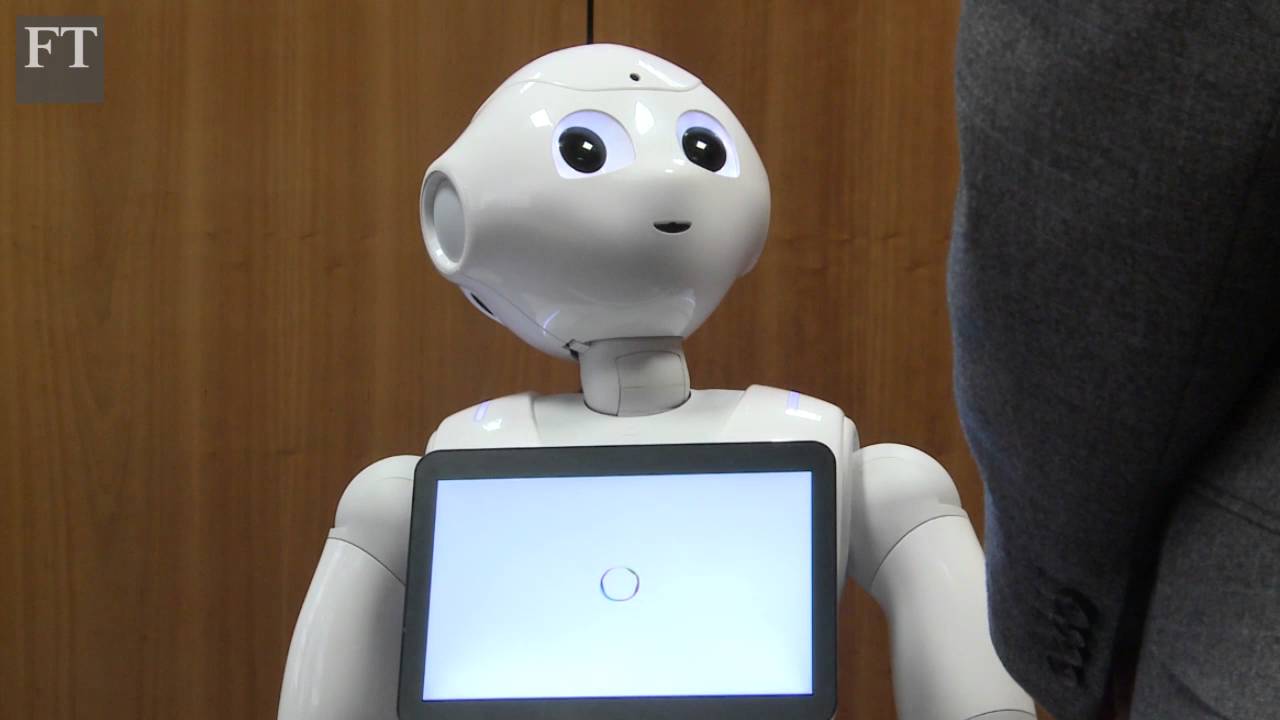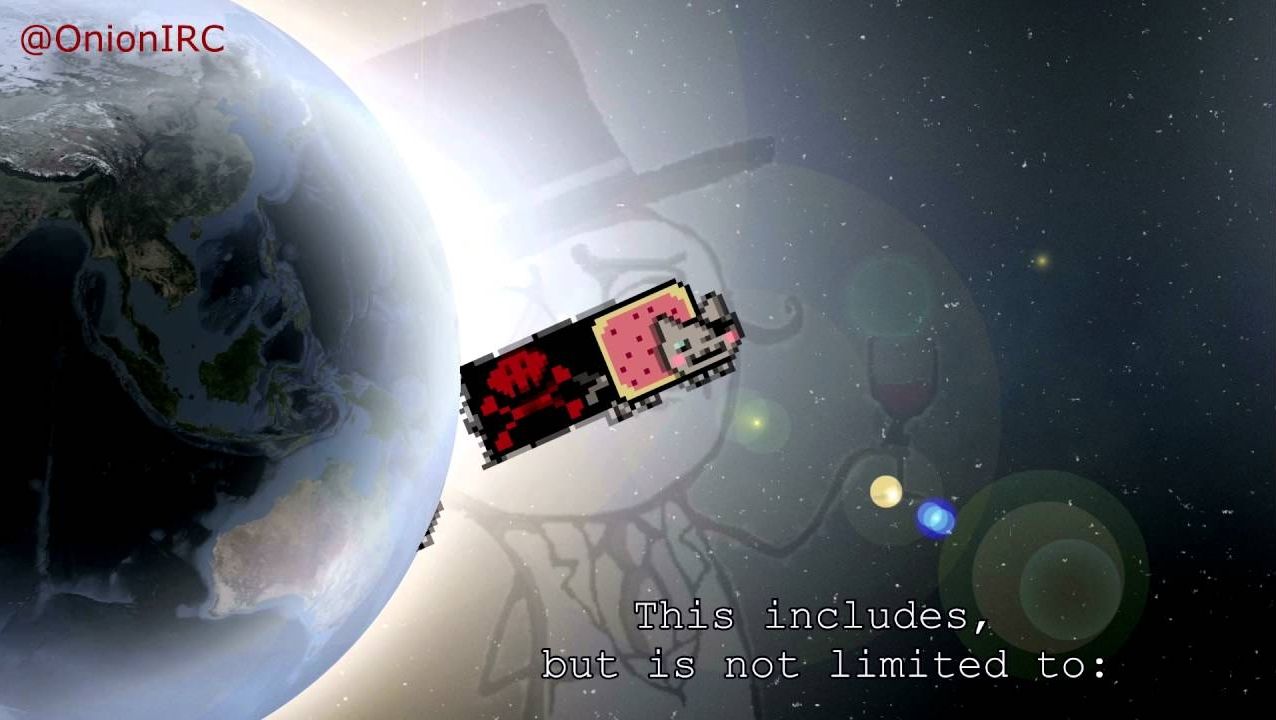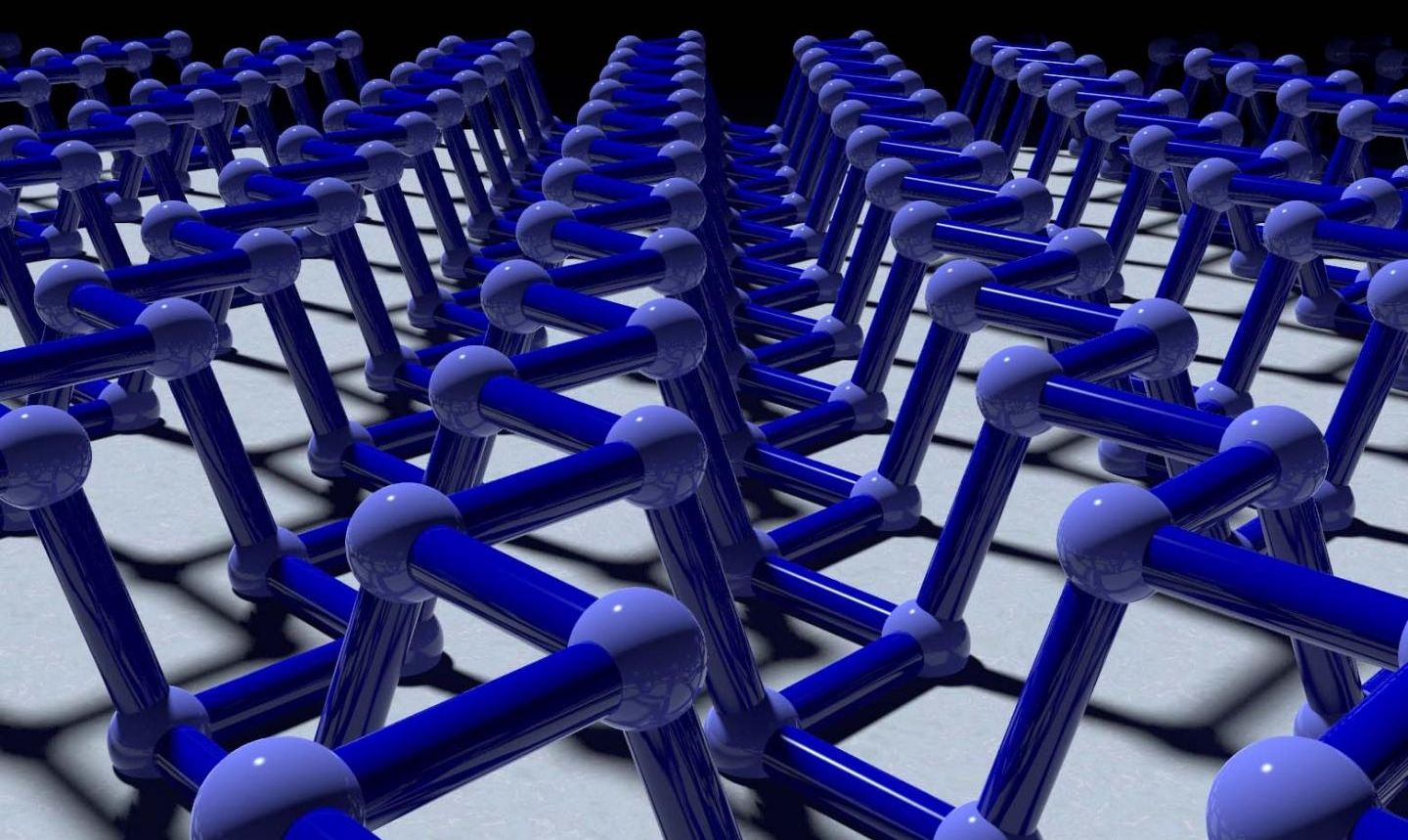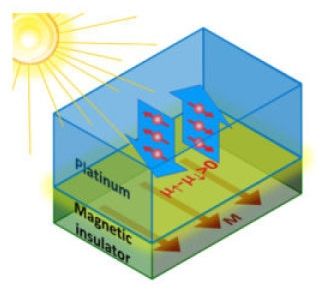Page 11531

https://youtube.com/watch?v=NiwbMTI38oM
China’s love of robots.
The Ying Ao sink foundry in southern China’s Guangdong province does not look like a factory of the future. The sign over the entrance is faded; inside, the floor is greasy with patches of mud, and a thick metal dust — the by-product of the stainless-steel polishing process — clogs the air. As workers haul trolleys across the factory floor, the cavernous, shed-like building reverberates with a loud clanging.
Apr 28, 2016
Scientists Claim to See a “New State” of Water
Posted by Karen Hurst in category: chemistry
The familiar H2O molecule may take a strange, ringlike form.
By Philip Ball, ChemistryWorld on April 28, 2016.
Apr 28, 2016
Russian Soldier Strolls Through a Gauntlet of Explosions Like It’s Nothing
Posted by Karen Hurst in category: futurism
Hmmm; hope others are seeing this. Imagine a suit/ gear that makes soldiers unstoppable.
The demonstration is quite the spectacle, but maybe not as dangerous as it looks.
Apr 28, 2016
Exploring phosphorene, a promising new material
Posted by Karen Hurst in categories: particle physics, supercomputing
RPI’s new material takes semiconducting transistors to new levels.
Two-dimensional phosphane, a material known as phosphorene, has potential application as a material for semiconducting transistors in ever faster and more powerful computers. But there’s a hitch. Many of the useful properties of this material, like its ability to conduct electrons, are anisotropic, meaning they vary depending on the orientation of the crystal. Now, a team including researchers at Rensselaer Polytechnic Institute (RPI) has developed a new method to quickly and accurately determine that orientation using the interactions between light and electrons within phosphorene and other atoms-thick crystals of black phosphorus. Phosphorene—a single layer of phosphorous atoms—was isolated for the first time in 2014, allowing physicists to begin exploring its properties experimentally and theoretically. Vincent Meunier, head of the Rensselaer Department of Physics, Applied Physics, and Astronomy and a leader of the team that developed the new method, published his first paper on the material—confirming the structure of phosphorene—in that same year.
“This is a really interesting material because, depending on which direction you do things, you have completely different properties,” said Meunier, a member of the Rensselaer Center for Materials, Devices, and Integrated Systems (cMDIS). “But because it’s such a new material, it’s essential that we begin to understand and predict its intrinsic properties.”
Continue reading “Exploring phosphorene, a promising new material” »
Apr 28, 2016
Blockchain Smart Contracts: A Hyper-Deflationary Force for Health Care Delivery
Posted by Karen Hurst in categories: bitcoin, electronics, energy, health
Blockchaining coming to healthcare digital services.
Blockchain and digital health services could be a perfect match for each other across a variety of applications. From distributed interoperable health records to proof of adherence for medication, the healthcare industry is ripe for digital innovation. More generally, technology is a hyper-deflationary force, and this could be particularly effective in delivering quality health care through more effective channels such as mobile apps.
Investments in the digital health space have increased significantly in the past two years. This is largely possible because of improved low-power sensors and user-friendly cloud platforms that interface with those hardware devices. The Rock Health Funding Database shows a $4.5 billion increase in venture funding in digital health from 2014 to 2015.
Continue reading “Blockchain Smart Contracts: A Hyper-Deflationary Force for Health Care Delivery” »
Apr 28, 2016
Long in the tooth, or just a redhead?
Posted by Karen Hurst in categories: biotech/medical, genetics
The results pointed to MC1R, known previously as a gene for red hair and freckles.
Scientists say they have made a leap in knowing why some people retain their youthful looks while others age badly.
The new study is the first time that “a gene has been found that explains, in part, why some people look older and others younger for their age”, Manfred Kayser, a professor of forensic molecular genetics at Erasmus MC University Medical Center Rotterdam in the Netherlands and a senior author on the study, said in a statement.
Apr 28, 2016
Google CEO Pichai Sees the End of Computers as Physical Devices
Posted by Karen Hurst in categories: augmented reality, computing, mobile phones, Ray Kurzweil, robotics/AI
Kurzweil, me and others have been saying devices will eventually be phased out for a while now. However, I do not believe the phase out will be due to AI. I do believe it will be based on how humans will use and adopt NextGen technology. I believe that AI will only be a supporting technology for humans and will be used in conjunction with AR, BMI, etc.
My real question around the phasing out of devices is will we jump from Smartphone directly to BMI or see a migration of Smartphone to AR Contacts & Glasses then eventually BMI?…
(Bloomberg) — Forget personal computer doldrums and waning smartphone demand. Google thinks computers will one day cease being physical devices.
Continue reading “Google CEO Pichai Sees the End of Computers as Physical Devices” »
Apr 28, 2016
Important effect observed in development of quantum storage
Posted by Karen Hurst in categories: computing, mathematics, quantum physics
I read this article and it’s complaints about the fragile effects of data processing and storing information in a Quantum Computing platform. However, I suggest the writer to review the news released 2 weeks ago about the new Quantum Data Bus highlighted by PC World, GizMag, etc. It is about to go live in the near future. Also, another article to consider is today’s Science Daily articile on electron spin currents which highlights how this technique effectively processes information.
Rare-earth materials are prime candidates for storing quantum information, because the undesirable interaction with their environment is extremely weak. Consequently however, this lack of interaction implies a very small response to light, making it hard to read and write data. Leiden physicists have now observed a record-high Purcell effect, which enhances the material’s interaction with light. Publication on April 25 in Nature Photonics (“Multidimensional Purcell effect in an ytterbium-doped ring resonator”).
Ordinary computers perform calculations with bits—ones and zeros. Quantum computers on the other hand use qubits. These information units are a superposition of 0 and 1; they represent simultaneously a zero and a one. It enables quantum computers to process information in a totally different way, making them exponentially faster for certain tasks, like solving mathematical problems or decoding encryptions.
Continue reading “Important effect observed in development of quantum storage” »
Apr 28, 2016
The light stuff: A brand-new way to produce electron spin currents
Posted by Karen Hurst in categories: electronics, particle physics, quantum physics
With apologies to Isaac Asimov, the most exciting phase to hear in science isn’t “Eureka,” but “That’s funny…”
A “that’s funny” moment in a Colorado State University physics lab has led to a fundamental discovery that could play a key role in next-generation microelectronics.
Publishing in Nature Physics April 25, the scientists, led by Professor of Physics Mingzhong Wu in CSU’s College of Natural Sciences, are the first to demonstrate using non-polarized light to produce in a metal what’s called a spin voltage — a unit of power produced from the quantum spinning of an individual electron. Controlling electron spins for use in memory and logic applications is a relatively new field called spin electronics, or spintronics, and the subject of the 2007 Nobel Prize in Physics.
















